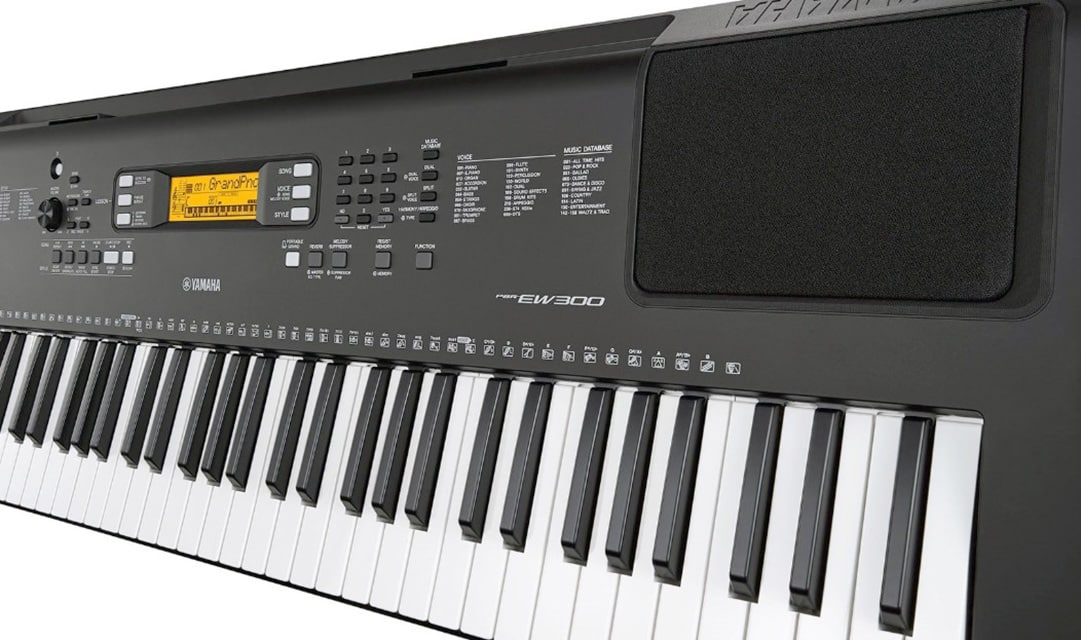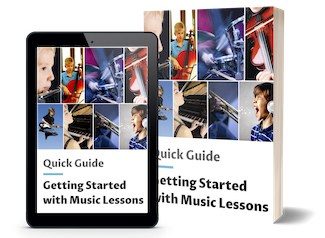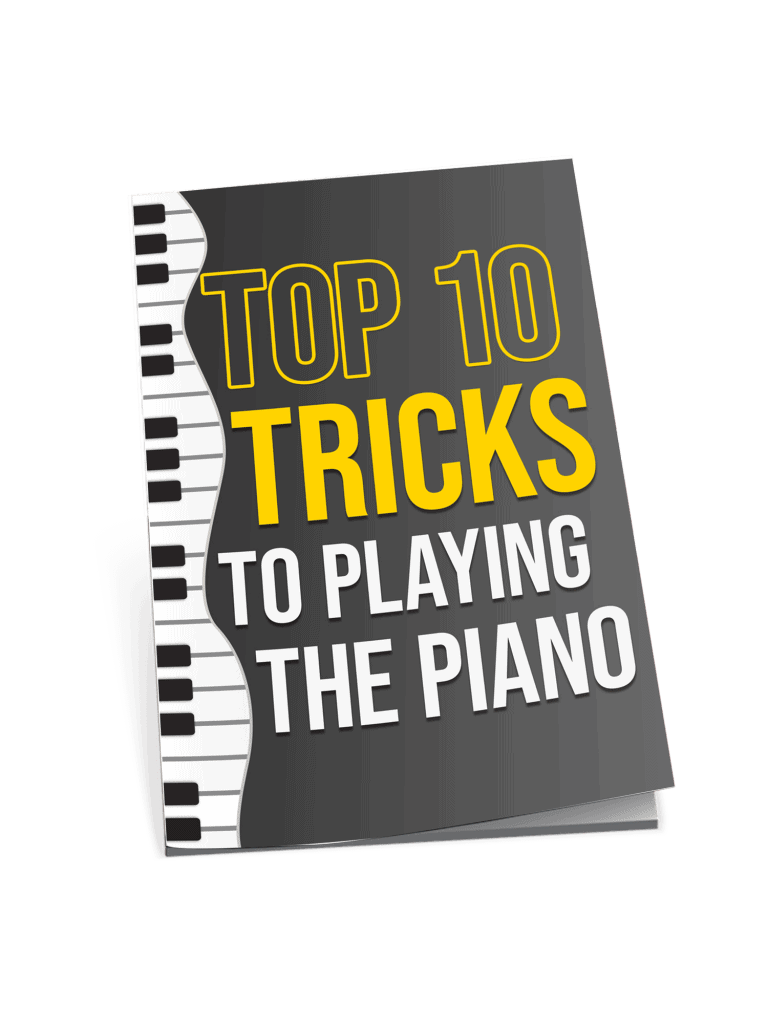The Yamaha PSR EW300 has caught my attention as one of the most talked-about keyboards for aspiring pianists and seasoned players alike. This 76-key portable keyboard delivers touch-sensitive keys, over 500 instrument sounds, and beginner-friendly features at an affordable price point that makes it accessible for most budgets.
What makes this keyboard stand out from the crowd of entry-level instruments flooding the market today? I’ve spent considerable time exploring its design, sound capabilities, and educational tools to give you the complete picture.
From its lightweight portability to its impressive connectivity options, I’ll walk you through everything this keyboard offers and help you decide if it’s the right fit for your musical journey.
Overview of the PSR EW300 Yamaha
The PSR-EW300 offers 76 touch-sensitive keys, 574 instrument voices, and built-in learning features that make it perfect for beginners ready to step beyond basic keyboards. I find it delivers excellent value with its wide range of sounds and connectivity options.
Key Features and Benefits
The 76-note touch-sensitive keyboard gives me more room to play complex pieces compared to smaller keyboards. The keys respond to how hard I press them, creating louder sounds with firm touches and softer tones with gentle playing.
I get access to 574 instrument voices that cover everything from grand piano to saxophone to guitar. The 165 auto accompaniment styles work like having a backing band that follows my chord playing.
The “Keys to Success” lesson system breaks down songs into small, easy steps. I can also use the Touch Tutor feature to learn how to control volume through my playing technique.
Connection options include:
- USB port for computer connection
- Audio input for playing along with songs
- iPhone/iPad compatibility
- Headphone output for quiet practice
The keyboard includes 150 arpeggio patterns that let me play complex musical phrases with single key presses. I can even split the keyboard in duo mode so two people can play together.
The 76-note touch-sensitive keyboard gives me more room to play complex pieces compared to smaller keyboards. The keys respond to how hard I press them, creating louder sounds with firm touches and softer tones with gentle playing.
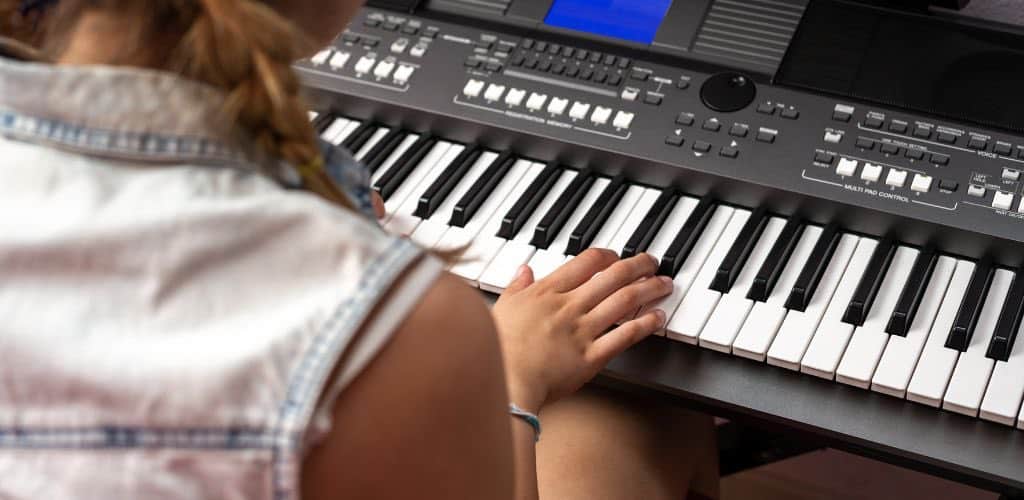
I get access to 574 instrument voices that cover everything from grand piano to saxophone to guitar. The 165 auto accompaniment styles work like having a backing band that follows my chord playing.
The “Keys to Success” lesson system breaks down songs into small, easy steps. I can also use the Touch Tutor feature to learn how to control volume through my playing technique.
Connection options include:
- USB port for computer connection
- Audio input for playing along with songs
- iPhone/iPad compatibility
- Headphone output for quiet practice
The keyboard includes 150 arpeggio patterns that let me play complex musical phrases with single key presses. I can even split the keyboard in duo mode so two people can play together.
Who Is This Keyboard For?
The Yamaha PSR-EW300 works best for beginners and intermediate players who want more features than basic keyboards offer. I recommend it for students who’ve outgrown their first instrument but aren’t ready for a full 88-key weighted keyboard.
Perfect for:
- Piano students ages 8 and up
- Adults learning piano as a hobby
- Musicians who need portability
- Families wanting to play together
The built-in lessons make it ideal for self-taught learners. I find the wide variety of sounds appeals to kids who want to experiment with different instruments.
Not suitable for:
- Advanced classical pianists
- Professional performers
- Those needing fully weighted keys
- Players requiring 88-key range
Comparison with Similar Yamaha Models
The PSR-EW300 replaced the discontinued YPG-235 with improvements like increased polyphony and more voices. I notice it offers better value than stepping up to Yamaha’s P-125 series.
PSR-EW300 vs P-125:
- EW300 has 574 voices vs P-125’s 24 voices
- P-125 offers weighted keys, EW300 has touch-sensitive keys
- EW300 includes auto-accompaniment styles
- P-125 costs significantly more
The EW300 gives me more built-in sounds and learning features. The P-125 focuses on realistic piano feel with fewer extra features.
Key advantages over smaller Yamaha keyboards:
- 76 keys instead of 61 keys
- Touch sensitivity for expression
- More comprehensive lesson system
- Better speaker system
I find the PSR-EW300 hits the sweet spot between basic portable keyboards and professional-grade instruments.
Yamaha P125 Digital Piano

PERFECT FOR: beginners
FEATURES: The keyboard has 88 weighted keys with Graded Hammer Standard (GHS) to make it feel like playing a real piano
OTHER INFO: Yamaha's Pure CF Sound Engine for high-quality sound reproduction
Yamaha P125 Digital Piano
- USB connectivity for easy integration with computers and other devices
- Versatile and portable design for practice and performance
- Wide range of voices and features for a customizable playing experience
- Built-in speakers and headphone jack for versatile listening options
- Higher price point compared to some other brands
- May not have as many advanced features as some professional-grade digital pianos
When you click ‘Check Price’, you’ll see there are loads of great places to buy this item. Our personal favorite is Sweetwater for the US, and Thomann and Gear4Music for the UK & Europe.
They are the largest music retailers, with excellent customer service, competitive prices, really fast shipping, and the longest guarantees.
The professional musician who wrote this article combined many things,
from the product build, manufacturer’s reputation through to feedback
from other users, to create our famous TedScore™.
Keyboard Design and Playability
The PSR-EW300 features a wide 76-note touch-sensitive keyboard that responds to playing dynamics, plus duo mode for two-player sessions. The polyphony capabilities support complex musical expression without note dropouts.
Touch-Sensitive Keys for Expressive Performance
I find the touch-sensitive keys respond beautifully to my playing style. When I press softly, the sound comes out quiet and gentle.
Hit the keys harder, and the volume jumps up with more intensity. This dynamic control makes performances musically expressive and realistic.
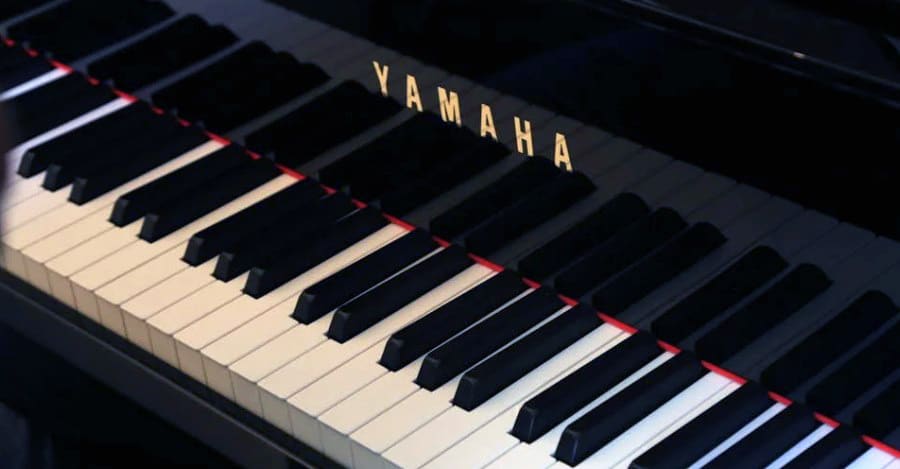
The 76-key layout gives me access to most piano pieces without feeling cramped. I can play more complex songs that need the extended range.
Key Features:
- Touch Response: Light touch = soft sound, firm touch = loud sound
- 76 Keys: Covers 6+ octaves for advanced repertoire
- Velocity Sensitive: Captures subtle playing nuances
The keys feel responsive under my fingers. I notice the difference in tone quality when I vary my playing pressure.
Duo Mode for Collaborative Playing
The duo mode splits the keyboard into two identical sections. I can sit with a friend or teacher and we both get the same note range.
Each side acts like a complete mini-keyboard. This feature works great for lessons or family jam sessions.
The 76-note keyboard offers greater range to each person compared to smaller keyboards. Both players get enough keys to play real songs.
Duo Mode Benefits:
- Equal Access: Both players get the same octave ranges
- Teaching Tool: Perfect for instructor-student sessions
- Family Fun: Kids and parents can play together
I love using this mode when teaching my younger siblings. We can practice the same piece side by side.
Polyphony and Dynamic Expression
The PSR-EW300 handles multiple notes simultaneously without cutting off sounds. I can play complex chords while using accompaniment styles.
The polyphony count supports layered sounds and backing tracks together. My playing never gets interrupted by note stealing.
Dynamic Expression Features:
- Multi-Note Support: Play full chords without sound dropouts
- Layer Compatibility: Combine voices with accompaniments
- Sustained Notes: Held notes don’t disappear when playing new ones
The touch-sensitive keyboard accurately reflects every nuance of my performance. I can create smooth crescendos and sudden accents naturally.
Sound Quality and Voices
The PSR EW300 delivers impressive audio performance through its extensive voice collection and built-in sound enhancement features. I found the keyboard’s Master EQ system particularly useful for tailoring the sound output to match different playing environments.
Exploring the 574 Instrument Voices
I was amazed by the comprehensive library of 574 instrument voices available on this keyboard. The collection spans multiple categories including pianos, organs, strings, brass, woodwinds, and synthesized sounds.
Each voice category offers remarkable diversity for creative expression. The acoustic piano voices sound rich and detailed, while the electric piano selections provide that classic vintage warmth I love.
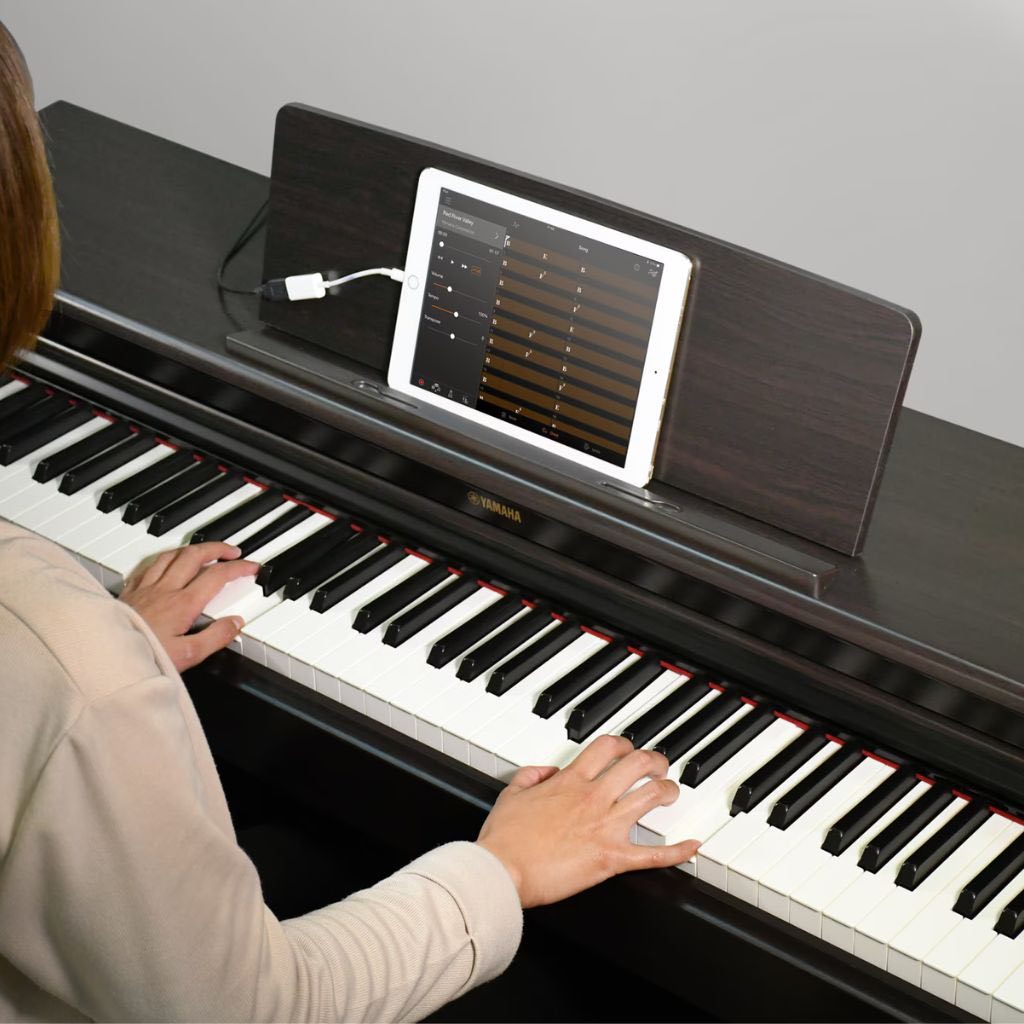
String sections create lush, orchestral textures that work beautifully for ballads. The brass voices punch through mixes with clarity and power.
What impressed me most was how realistic the various instrument voices sound. The guitar voices capture both acoustic fingerpicking nuances and electric distortion effects convincingly.
Synthesizer voices range from classic analog-style leads to modern digital pads. I can easily switch between genres using these diverse sonic options.
Accompaniment Styles and Genres
The keyboard includes 165 accompaniment styles that complement the instrument voices perfectly. These backing tracks span genres from rock and pop to jazz, Latin, and world music styles.
I particularly enjoy how the accompaniment styles respond to my chord changes. The rhythm section adjusts dynamically, creating a full band experience while I play.
Each style includes multiple sections like intro, main, fill-in, and ending patterns. This structure helps me create complete song arrangements during practice sessions.
The Latin styles bring authentic percussion elements and bass lines. Jazz accompaniments provide sophisticated chord progressions and swing rhythms that inspire improvisation.
Master EQ and Customizable Sound Settings
The Master EQ system allows me to shape the overall sound output to match different rooms or playing situations. I can adjust bass, mid, and treble frequencies independently.
This feature proves especially valuable when connecting external speakers or recording. The EQ helps compensate for room acoustics or equipment characteristics.
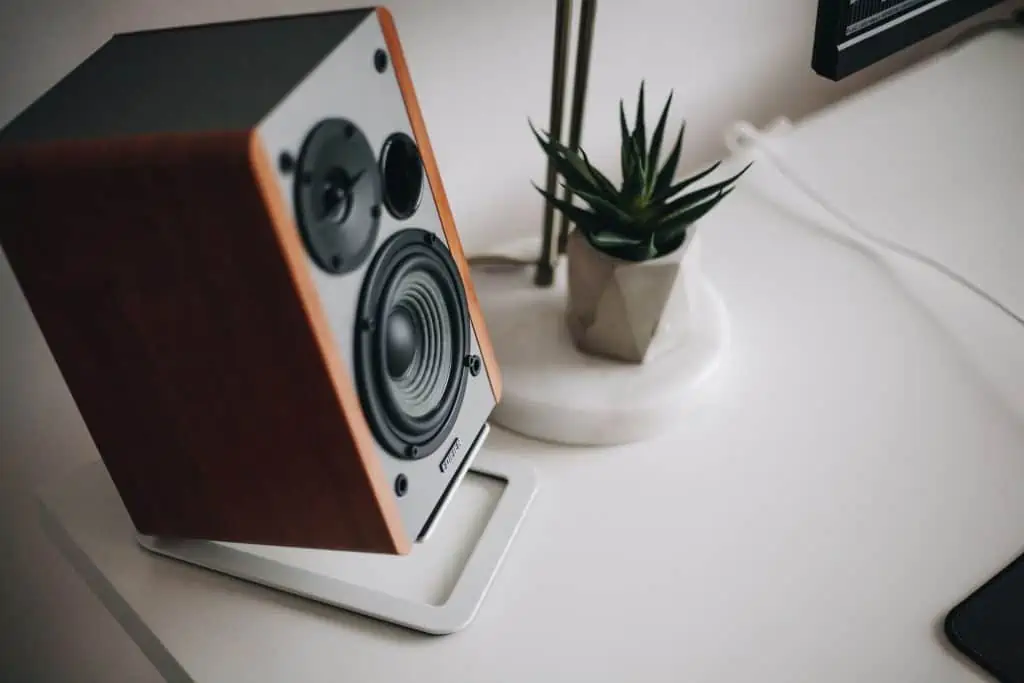
I can also add effects like reverb, chorus, and harmony to enhance my performances. These effects work across all 574 voices, expanding creative possibilities significantly.
The customizable sound settings save my preferred EQ and effect combinations. This means I can quickly recall my favorite setups for different songs or performance situations.
The Master EQ system allows me to shape the overall sound output to match different rooms or playing situations. I can adjust bass, mid, and treble frequencies independently.
This feature proves especially valuable when connecting external speakers or recording. The EQ helps compensate for room acoustics or equipment characteristics.
I can also add effects like reverb, chorus, and harmony to enhance my performances. These effects work across all 574 voices, expanding creative possibilities significantly.
The customizable sound settings save my preferred EQ and effect combinations. This means I can quickly recall my favorite setups for different songs or performance situations.
Digital Effects and Performance Tools
The PSR-EW300 transforms your playing with 12 reverb effects that add ambiance and 150 arpeggio phrases that make complex passages simple. These digital tools help me sound more professional while giving me creative control over my performances.
Reverb Effects for Sonic Depth
I love how the PSR-EW300’s 12 reverb effects completely change the sound of my playing. Whether I want the intimate feel of a small club or the grandeur of a cathedral, these effects make it happen.
The reverb options include different hall settings that make my piano sound like it’s in a concert venue. I can also choose cathedral reverb for that majestic, echoing sound that works perfectly with classical pieces.
Popular Reverb Settings:
- Hall 3: Perfect for pop and rock songs
- Cathedral: Ideal for classical and hymns
- Small Club: Great for jazz and intimate pieces
What makes these effects special is how easy they are to control. I simply select the reverb type and adjust the intensity to match my mood or the song I’m playing.
The Master EQ feature lets me fine-tune the sound whether I’m using headphones, built-in speakers, or connecting to external equipment. This flexibility means my performances always sound their best.
Melody Suppressor for Play-Along Fun
The melody suppressor feature lets me connect my phone or music player and play along with my favorite songs. When I plug in my device, I can reduce or eliminate the lead melody while keeping the backing track.

This tool turns any song into a practice opportunity. I can learn new pieces by playing the melody part while the original accompaniment continues in the background.
The feature works especially well with pop songs and instrumental tracks. I connect through the audio input and adjust the suppression level to find the perfect balance between my playing and the original track.
150 Arpeggio Phrases and Creative Possibilities
The 150 arpeggio phrases are like having a professional pianist’s technique at my fingertips. With just one key press, I can play complex musical passages that would normally take years to master.
These arpeggios cover multiple musical styles from classical to contemporary. I can use them as accompaniment patterns, solo flourishes, or building blocks for my own compositions.
Arpeggio Categories:
- Classical patterns for traditional pieces
- Jazz progressions for sophisticated sounds
- Pop and rock patterns for modern songs
- World music styles for diverse genres
Each arpeggio responds to the chords I play, automatically adjusting to match my harmonic choices. This means I can focus on creativity rather than worrying about technical execution.
The arpeggios also work great for songwriting and improvisation. I often use them as inspiration for new musical ideas or to add professional-sounding flourishes to simple chord progressions.
Learning and Educational Features
The PSR-EW300 comes packed with educational tools that make learning piano enjoyable and effective. These features include comprehensive lesson programs and touch sensitivity training that help beginners develop proper playing techniques.
Yamaha Education Suite and Built-in Lessons
I love how the PSR-EW300 includes the Yamaha Education Suite that transforms practice sessions into engaging learning experiences. This system offers a nine-step lesson function that breaks down songs into manageable parts.
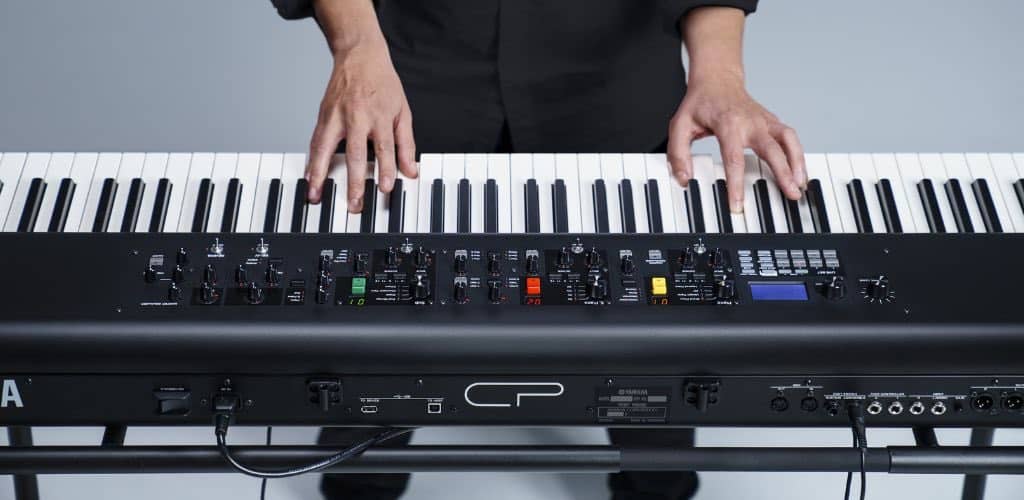
What makes this special is how I can practice with one hand at a time. This approach helps me master complex pieces without feeling overwhelmed.
The keyboard comes with built-in songs that I actually recognize and want to play. Popular tracks include classics like “Hey Jude,” “Imagine,” and “Candle in the Wind” for adults.
Kids get fun favorites like “Pop Goes the Weasel” and “Muffin Man.” There are even Christmas songs to keep practice exciting year-round.
I can track my progress with the built-in scoring system. This feature motivates me to improve by showing exactly how well I’m playing each lesson.
The downloadable songbook pairs perfectly with these lessons. It provides sheet music with helpful hints for learning each song effectively.
Touch Tutor for Mastering Dynamics
What makes this special is how I can practice with one hand at a time. This approach helps me master complex pieces without feeling overwhelmed.
The keyboard comes with built-in songs that I actually recognize and want to play. Popular tracks include classics like “Hey Jude,” “Imagine,” and “Candle in the Wind” for adults.
Kids get fun favorites like “Pop Goes the Weasel” and “Muffin Man.” There are even Christmas songs to keep practice exciting year-round.
I can track my progress with the built-in scoring system. This feature motivates me to improve by showing exactly how well I’m playing each lesson.
The downloadable songbook pairs perfectly with these lessons. It provides sheet music with helpful hints for learning each song effectively.
Connectivity and Versatility
The PSR-EW300 offers multiple connection options that make it easy to integrate with your digital devices and music setup. I found the USB connectivity particularly useful for recording, while the aux input lets me jam along with my favorite tracks.
USB to Host: Connecting to Computer and Devices
The USB to HOST terminal allows connection to computers and portable devices without needing extra equipment. I can record high-quality audio directly to my computer through this single cable connection.
This feature works great for music production software on my laptop. The keyboard sends both audio and MIDI data through the USB connection.
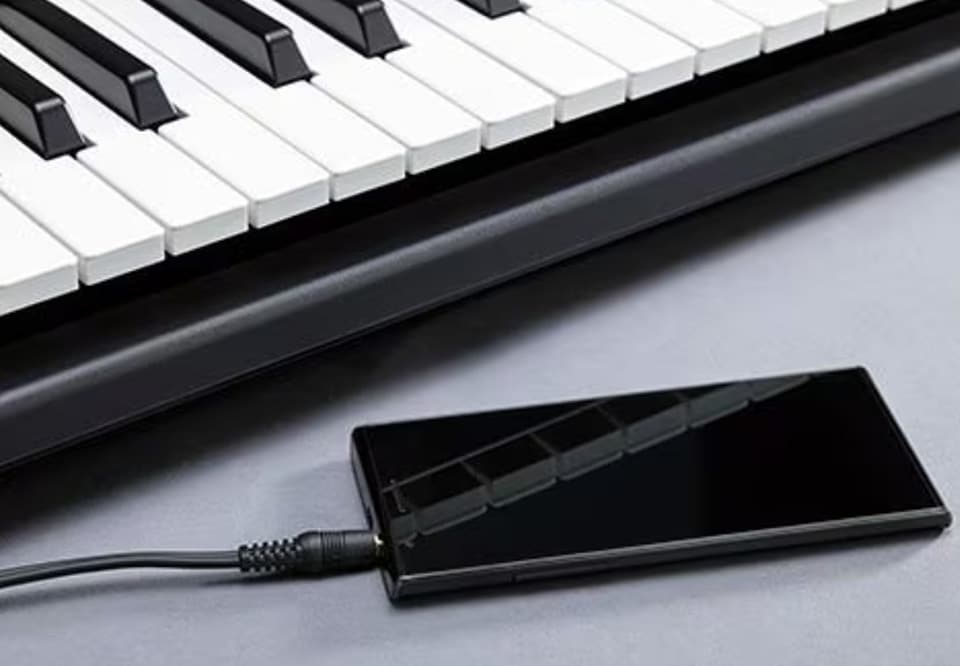
I also love how it connects to iOS devices like iPads and iPhones. The connection opens up access to creative and educational apps from the App Store that expand what I can do with the keyboard.
Key USB Features:
- Direct audio recording to computer
- MIDI data transmission
- iOS app compatibility
- No additional interface required
Aux In and Music Playbook Functions
The aux input lets me connect portable music players to hear favorite songs through the instrument’s speakers. I plug in my phone or tablet and suddenly have a backing track for any song I want to learn.
Playing along with original recordings helps me develop better timing and rhythm. The keyboard’s speakers provide clear sound for both my playing and the connected audio.
I use this feature constantly when learning new songs. It’s like having a full band to practice with whenever I want.
The connection is simple – just a standard audio cable from my device to the keyboard. No complicated setup or additional equipment needed.
FAQ's
The PSR-EW300 stands out with its impressive collection of 574 sound effects, giving me way more creative options than older models. This huge variety lets me experiment with different tones and textures that weren’t available before.
I love that it has 76 keys instead of the typical 61-key setup found on many entry-level keyboards. This gives me more range to play complex pieces without feeling cramped.
The built-in LCD display makes navigation so much easier than older models with basic LED indicators. I can see exactly what settings I’m using without guessing.
The PSR-EW300 uses unweighted keys, which feel much lighter than fully weighted piano keys. This makes it easier for beginners to play, but it doesn’t replicate the resistance of an acoustic piano.
I can adjust the touch sensitivity through the function menu to make the keys more or less responsive to my playing style. This helps bridge the gap between unweighted and weighted key feel.
While it’s not the same as a real piano, the touch-sensitive keys do respond to how hard I press them. This gives me some dynamic control over volume and expression.
I can access the complete 84-page owner’s manual online for free in English. This manual covers everything from basic setup to advanced features.
Multiple manual libraries offer the same PDF download, including ManualsLib and other manual sites. I can also find it on Yamaha’s official website.
The manual includes detailed instructions on recording, connecting to computers, and using all 574 sound effects. It’s my go-to resource for troubleshooting and learning new features.
The main difference is the number of keys – I get 76 keys on the PSR-EW300 versus 61 keys on the PSR-E373. This extra range makes a big difference for playing more complex music.
Both models share similar sound engines and connectivity options. They both have USB ports and can run on batteries or AC power.
The PSR-EW300 generally offers more voices and styles than the PSR-E373. This gives me more variety in my playing and practice sessions.
The PSR-EW310 is indeed a newer model that builds on the PSR-EW300’s foundation. It typically includes updated sound libraries and improved connectivity options.
Most upgrades focus on additional voices, better sampling quality, and enhanced learning features. The physical layout and key count usually remain similar between these models.
I’d need to check current Yamaha specifications to see the exact differences, as features can vary by region and production year. The core functionality remains very similar between both models.


